Zhang Xinguo [China]
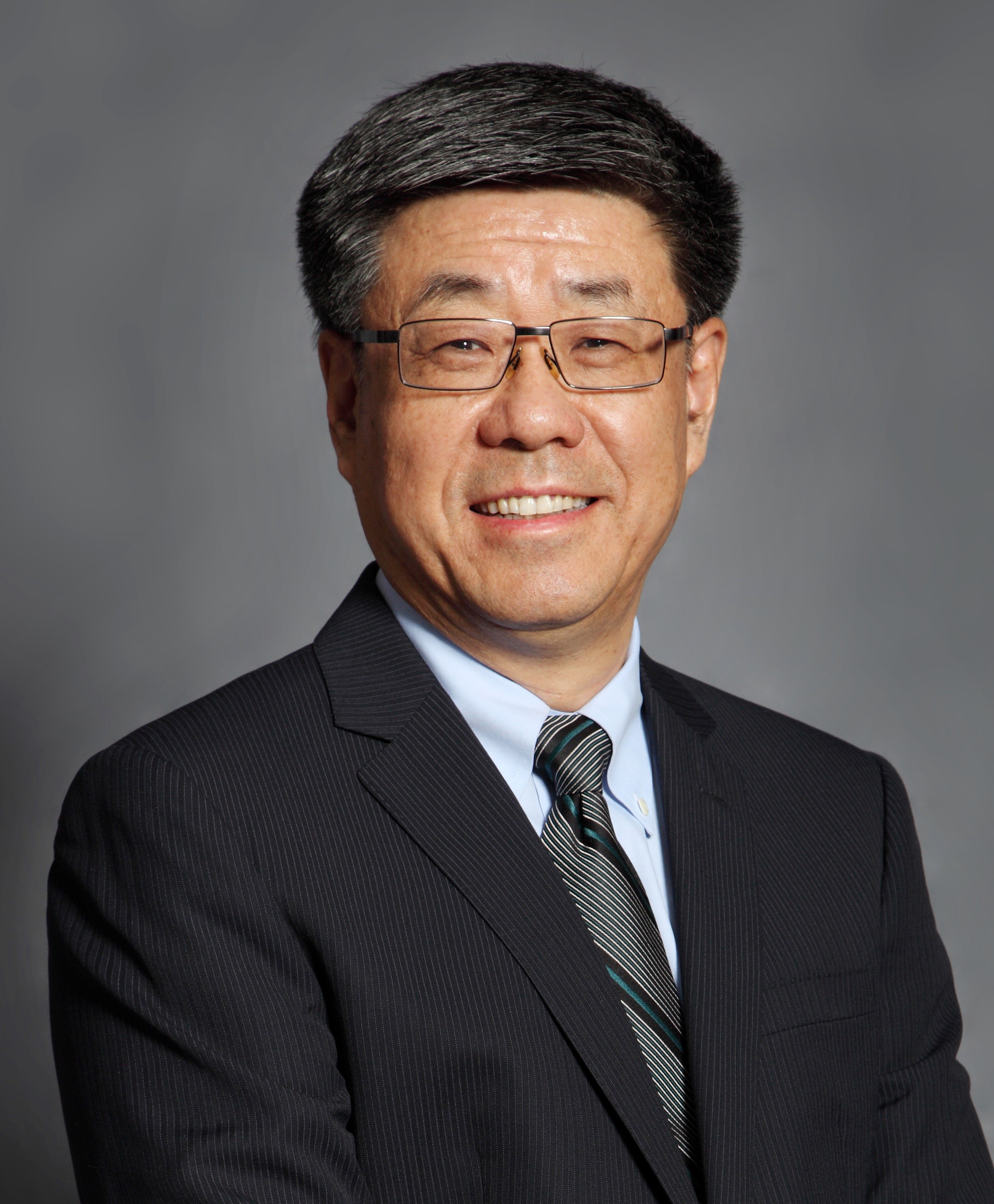
Personal introduction:
Zhang Xinguo (Ph.D. & DBA),Executive Vice President and CIO of Aviation Industry Corporation of China Ltd. (AVIC), President of Chinese Aeronautical Establishment (CAE) , Vice President of Chinese Society of Aeronautics & Astronautics (CSAA). As EVP and CIO of AVIC, Dr. Zhang is responsible for the R&D, technology innovation, architecture centric/model-based system engineering at AVIC. Since 2006, he has been in charge of innovation and sustainable development of complex system engineering through the application of Enterprise Architecture (EA), System of Systems Engineering (SoSE), Model-Based Systems Engineering (MBSE). Dr. Zhang is also the Executive Committee Member of the International Council of Aeronautical Sciences (ICAS), President of Beijing Chapter of the International Council on Systems Engineering (INCOSE), Fellow of The Royal Aeronautical Society (RAeS) and Associate Fellow of the American Institute of Aeronautics and Astronautics (AIAA). In addition, he is the distinguished professor at Tsinghua University, adjunct professor and Member of Industry Advisory Committee at The Hong Kong University of Science and Technology (HKUST).
Lecture Tittle:
Model Based Systems Engineering Transformation and Innovation
Summary:
As the evolution of the aeronautical systems from mechanical to mechatronics, then to smart connected systems, to product systems, and finally to system of systems, the system complexity has been growing exponentially. The traditional systems engineering has been facing severe challenges, because the old way of "divide then conquer" does no longer work well in complex systems, and it does not completely comply with the system principles. Therefore, the paradigm shifting from traditional document-based systems engineering to the model-based systems engineering is very much necessary to deal with the system complexity. In the MBSE paradigm, the new way makes early validation available in conceptual phase, keeps continuous verification through every phase in the systems engineering processes, and ensures the requirement traceability to accommodate any change as new requirements and technologies are needed during the whole life cycle of the systems. This change from the traditional way of “Design-Build-Test” to the new way of “Design-Virtual Test-Build” by digital model-based systems engineering methodology is the core part of the Industry 4.0 transformation as well.
Toshio Nishizawa [Japan]
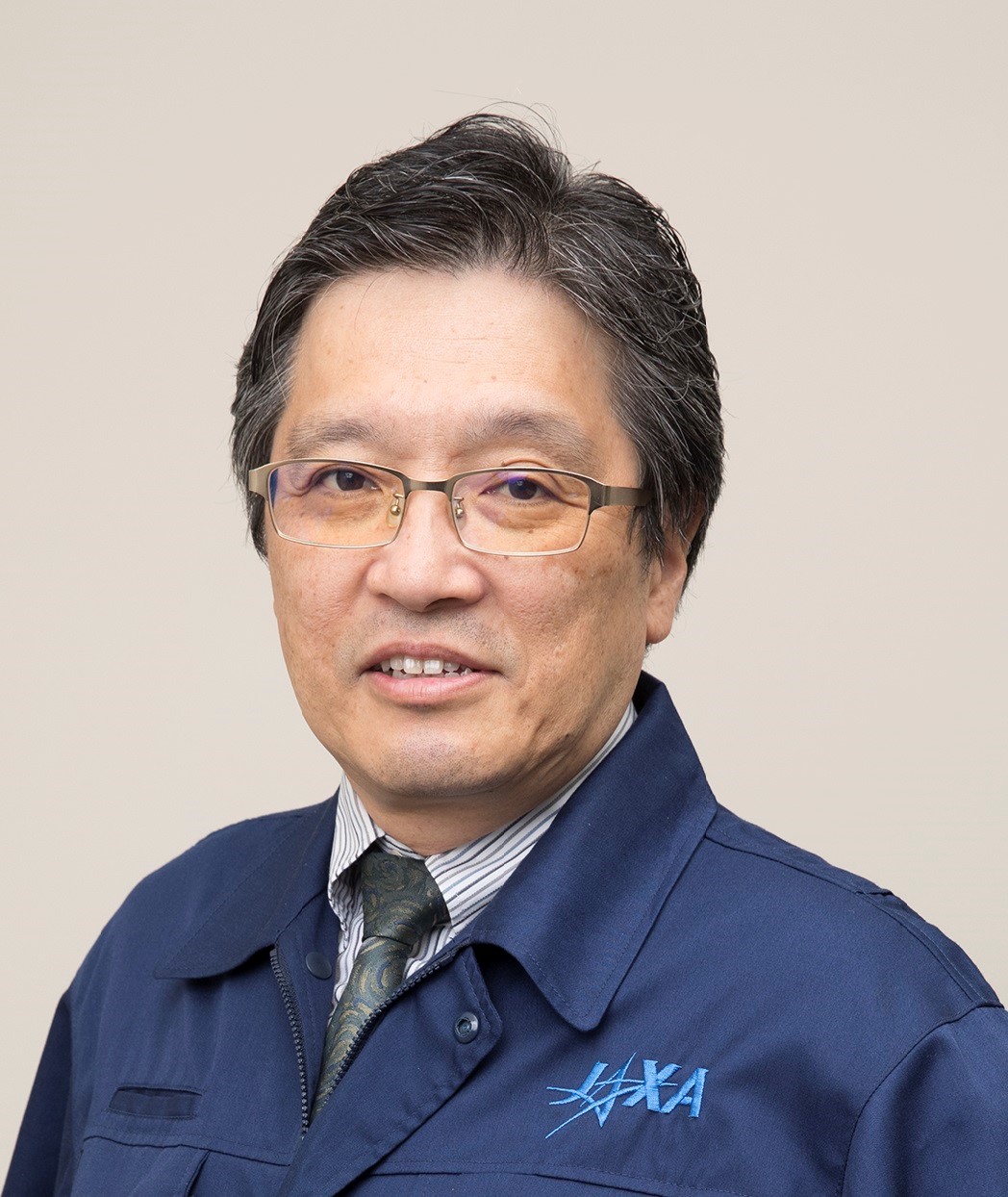
Personal introduction:
Toshio Nishizawa
EDUCATION:
- Ph.D, Engineering, The University of Tokyo, March 1994.
WORK HISTORY:
- 1986 - 1990. Assistant, The University of Tokyo.
- 1990 - 2003. Researcher, Fluid Mechanics, National Aerospace Laboratory.
- 1996 - 1997. Visiting Researcher, von Karman Institute for Fluid Dynamics.
- 2003 - 2014. Senior Researcher, Japan Aerospace Exploration Agency.
- 2015.1 - 2018.5 Project Manager, aFJR Project Team, JAXA.
- 2018.6 - Present. Director, Propulsion Research Unit, JAXA.
CURRENT PROFESSION:
- Director
- Propulsion Research Unit
- Aeronautical Technology Directorate
- Japan Aerospace Exploration Agency
MEMBERSHIP of PROFESSIONAL SOCIETIES:
- A member of The Japan Society of Aeronautical and Space Sciences.
- A member of The Gas Turbine Society of Japan.
- aFJR:Advanced Fan Jet Research
Lecture Tittle:
- Overview of JAXA’s advanced Fan Jet Research (aFJR) Project
Summary:
Environmental standards for aircraft engines have become tightened amid global warming and the world’s demand for more green engines with better fuel efficiency and low emissions is growing. One answer to meet such a demand is to increase engine bypass ratios. In terms of current turbofan engines used for civil passenger aircrafts, technologies are successfully improving these ratios, but it requires a larger fan as well as a larger low-pressure turbine to drive the fan. That makes engines heavier and reduces the positive effect of fuel economy improvement. Therefore, it is important to develop lightweight solutions for engine components to have better efficiency.
The purpose of the aFJR (advanced Fan Jet Research) project of JAXA is to develop advanced technologies on such components of future high bypass ratio engines. The aFJR puts special emphasis on the technologies to make lighter fans and low-pressure turbines with higher aerodynamic efficiency for increased engine bypass ratios, and to evaluate the effectiveness of such advanced technologies by demonstration experiments.
For high efficiency fan by improving the aerodynamic efficiency, we introduce aerodynamic design technology for laminar flow fans by improving the shape of the fan blades. The technology will move back the transition point from laminar flow to turbulence so that drag will be reduced. For light-weight fan blades, we develop lightweight solutions with hollow CFRP fan blades. For the metal disk that holds the rotating fan blades, we create new metal processing techniques to realize weight reduction while maintaining strength. The sound-absorbing liner is a honeycomb-structured panel made of aluminum, placed inside the engine cover to reduce noise. For light-weight, sound-absorbing liner, we reduce its weight without sacrificing the sound-absorbing performance by changing the material to resin. We introduce ceramic matrix composite (CMC) to trim the weight of turbines. CMC is lighter and has better heat resistance compared to metals.
The aFJR project has been conducted as joint research with IHI Corporation, the University of Tokyo, University of Tsukuba, Kanazawa Institute of Technology, and Tokyo University of Science. JAXA is aiming at supporting Japanese aero-engine manufacturers to reach a level of technology maturity sufficient to assume a role in the designing of next-generation engines for international projects.
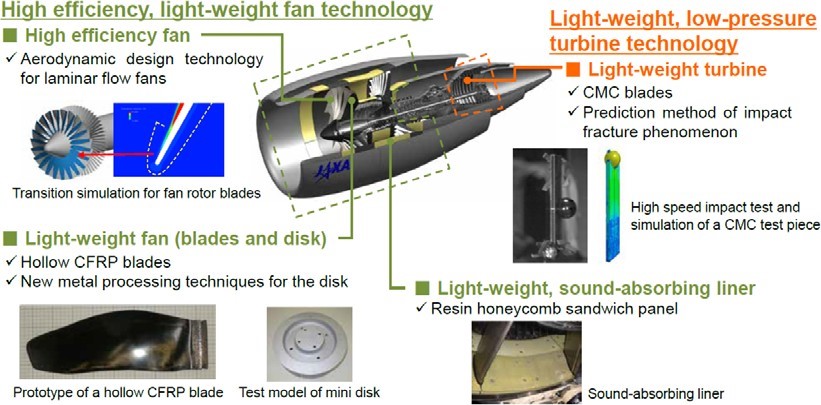
Pier Marzocca [Australia]
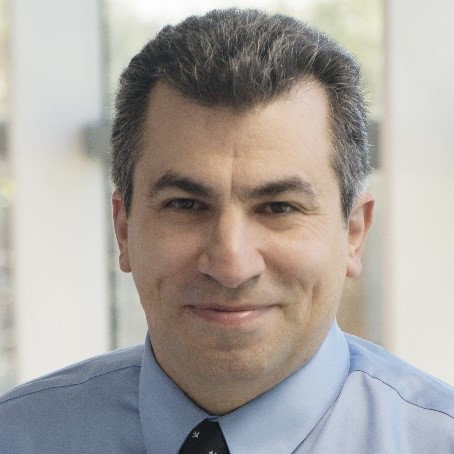
Personal introduction:
Dr. Pier Marzocca is a Professor and Associate Dean of the School of Engineering (Aerospace, Engineering and Aviation Discipline) at RMIT University. Prior to this appointment in 2003 Dr. Marzocca joined the Mechanical and Aeronautical Engineering Department at Clarkson University as an Assistant (2003-2009), Associate (2009-2014), and Full Professor (2014). He received his doctoral degree in Aerospace Engineering from Politecnico di Torino, Italy in 2001, and worked as a Postdoctoral Researcher and Visiting Assistant Professor in Engineering Science and Mechanics at Virginia Tech during the period 2001-2003. Professor Marzocca expertise is in multi-physics modeling, flow-structure-interactions, structural dynamics and controls of advanced aerospace systems, including active flow and aeroelastic controls of flexible structures. He leads/co-leads a number of research projects, totaling more than $15M in funding from several government agencies, in Australia (DSTG, CASG, DASA, DSI, ARC) and in United States (AFOSR, ARMY, ONR, NSF, DOE, EPA), private foundations, and industries, including Boeing, Lockheed Martin, GE and Pratt & Whitney. Dr. Marzocca’s received several awards including the Ralph R. Teetor Educational Award and the Forest R. McFarland Award from SAE, the ONR ASEE Senior Faculty Fellowship Award. He is an Associate Fellow of AIAA and Chair of the SAE Unmanned Aircraft System Technical Committee, Deputy Editor-in-Chief of the International Journal of Aeronautical and Space Sciences, Associate Editor of ASCE Journal of Aerospace Engineering, and Journal of Thermal Stresses. Pier Marzocca is the author and/or co-author of over 350 papers and reviewer for more than 50 National and International Journals and books.
Lecture Tittle:
Activities of the RMIT Sir Lawrence Wackett Aerospace Research Centre
Summary:
This presentation will briefly cover research and training activities carried out within the Royal Melbourne Institute of Technology Sir Lawrence Wackett Aerospace Research Centre (SLWARC). The SLWARC exists to foster a world-class students, educators, and researchers community to develop enabling technologies for next generation air transportation systems. While aerospace materials and structures and aircraft design have been areas of strength of the Centre for more than 25 years, the SLWARC has been expanding progressively into advanced multifunctional composite structures, unmanned aerial vehicles design and operations, aerodynamic loading, multidisciplinary design and optimization, avionics, air traffic management and mission systems. RMIT recently won the 2018 Aerospace/Aviation Australia Outstanding Leadership in Training Award.
Joon-Min Choi [Korea]
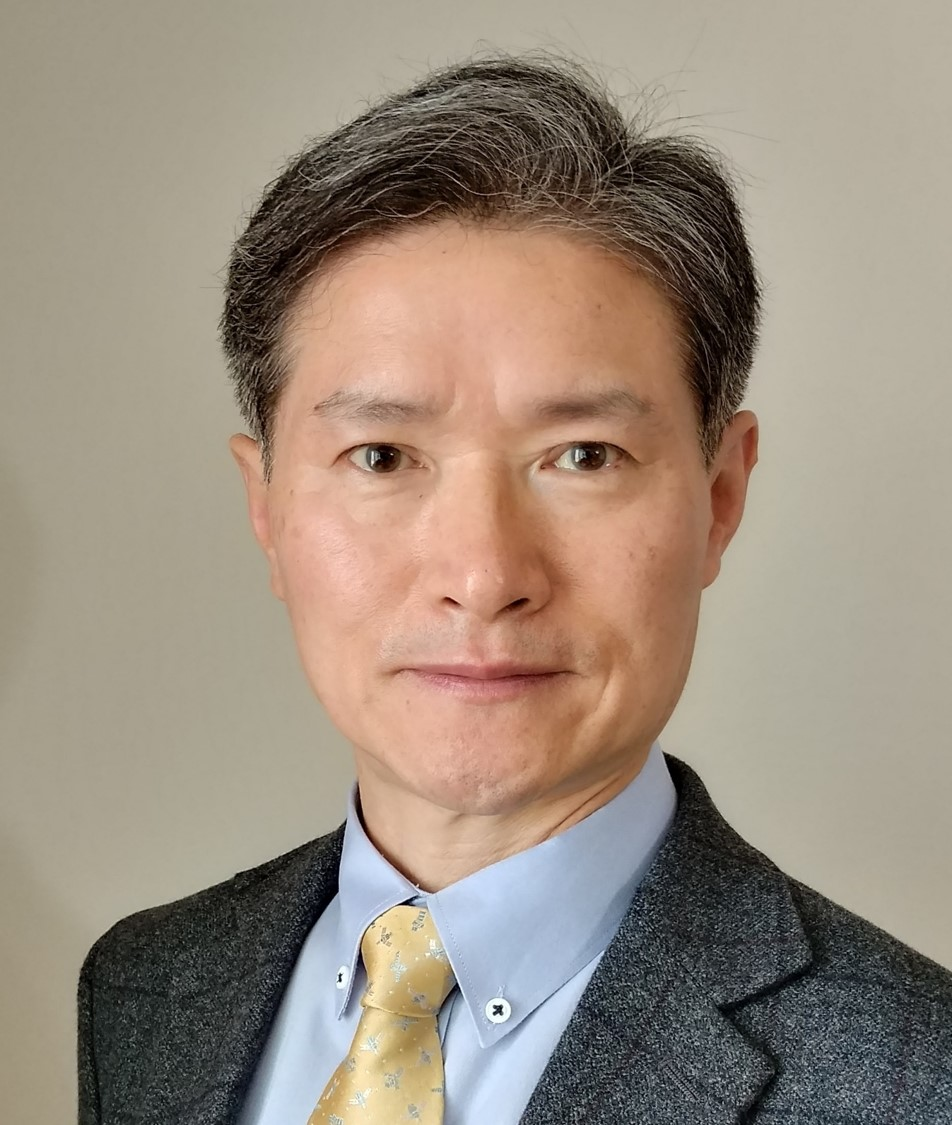
Personal introduction:
Dr. Joon-Min Choi is an executive director of technology R&D head office at Korea Aerospace Research Institute (KARI). The research topics in his directorate are space exploration, lunar landing, GPS, artificial intelligence, nano/small-satellites, material and phenomena in space environment, pioneer and new concept technologies, etc..
Prior to this position, he used to be an executive director of satellites R&D head office, a director of policy and cooperation center, a director of project management division, a director of satellite test division and a head of thermal & propulsion team at KARI. As a thermal researcher as well as a space environment test engineer, he was involved as a key member in many Korean satellite development programs, such as KOMPSAT-1, -2, -3, -5 and COMS programs. When he began his career at KARI 24 years ago, mostly he devoted his efforts to establish space development infra-structure(e.g. satellite integration/test center) in Korea. He also served in numerous space research projects as prime investigators and project managers.
He achieved his bachelor’s degree in aeronautical engineering department at Seoul National University in Korea, master’s degree in aeronautics & astronautics department at University of Washington and doctor’s degree in mechanical department at Texas A&M University
Lecture Tittle:
Prospects on Space Development in Korea
Summary:
In February of this year, the 3rd Korea National Space Development Promotion Basic Plan was released by Ministry of Science and ICT in Korea. This plan is released every 5 years in order to reflect new demands from all the stakeholders in Korea along with internal and external environmental changes. This plan is important since the government leads the space development in Korea and the role of KARI(Korea Aerospace Research Institute) could be changed gradually or dynamically as accomplishing the tasks in the 3rd National Space Development Plan. The plan includes exhaustive areas such as space exploration, satellite development and applications, space launch development, industrialization of space area, job creation by space development, global cooperation, etc. This plan covers up to year of 2040 while it is expressed in detail by 2022. This plan shows the visions and objects in space development in Korea so that industries are able to invest their resources on space area believing the consistency of space policy. In this presentation, key contents of the 3rd National Space Development Plan and current space development activities in Korea are discussed.
